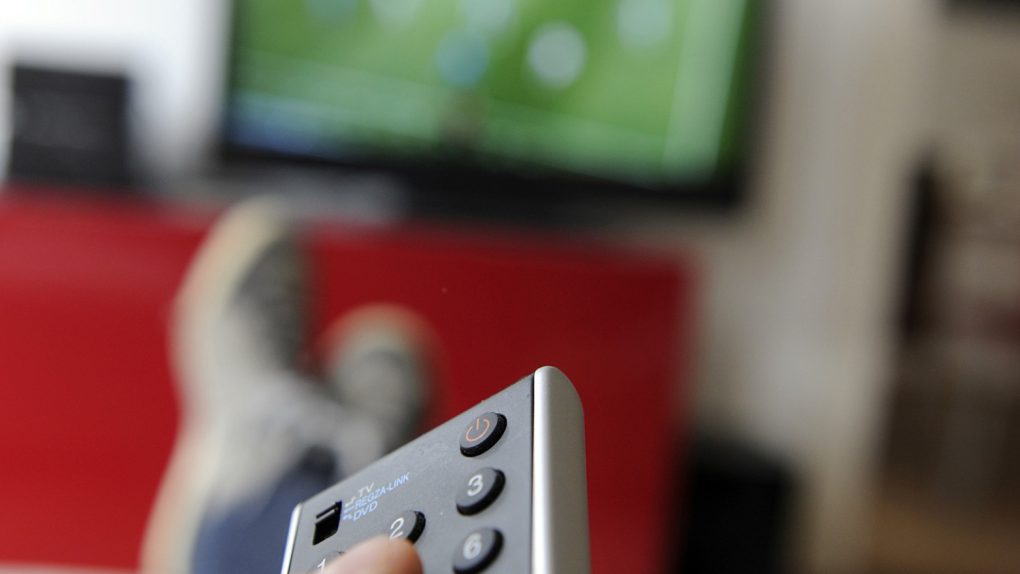Cord-cutting just a hit a new record in the first quarter of this year, as more than 1 million people said goodbye to traditional cable and satellite TV packages and continued adding momentum to a trend that probably can’t be reversed at this point.
Consider this. Pay TV bled about 3.2 million subscribers during all of 2018, another watershed year for the industry. When you consider the losses that have continued to mount during the first three months of 2019, though, we’re a third of the way there already this year.
The biggest losers included AT&T, which in fact lost the most subscribers among pay TV operators during the first quarter. More than half a million subscribers abandoned its Uverse and DirecTV offerings. Dish, meanwhile, lost more than a quarter of a million pay TV customers as its standoff with HBO has lingered since last year — and continued through almost all of the eighth and final season broadcast of HBO’s standout series, Game of Thrones.
Also during the first quarter, Comcast and Charter lost 121,000 and 152,000 video subscribers, respectively. And as a Variety report today underscores, what makes these losses even more dramatic — even beyond the fact that their sheer volume continues to hit new records — is the fact that the industry’s meager attempt at a counterweight to them (so-called skinny TV bundles) isn’t doing near enough to make up for the losses.
Take Dish’s Sling TV offering, which offers more personalization and a lower price than a typical cable package. It attracted only 7,000 new subscribers during the first quarter.
In a blog post, BTIG analyst Rich Greenfield described these results as “the worst multichannel video sub loss quarter in history.” It’s proof, he continued, in the resiliency of his prediction that we’ll continue to see “a notable acceleration in cord-cutting trends throughout 2019.”
“In many ways the collapse in multichannel video subscribers that we are now witnessing is caused by the unwillingness of







